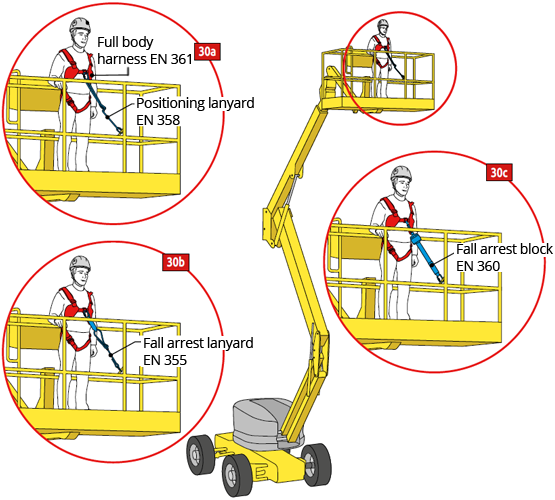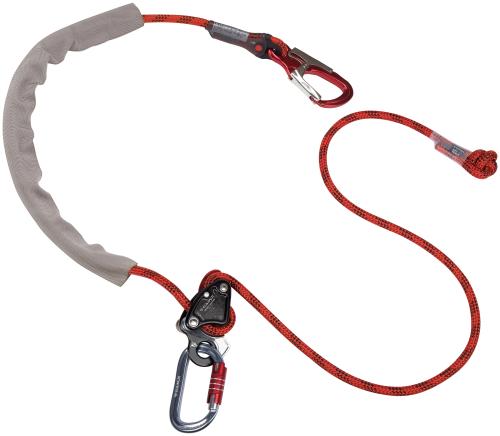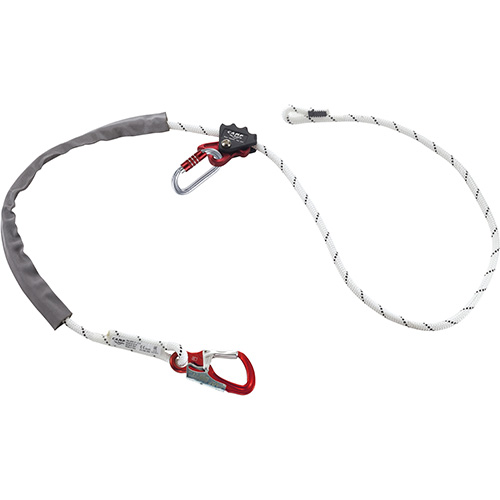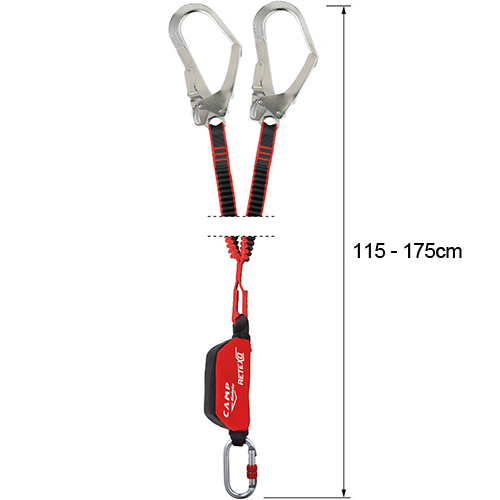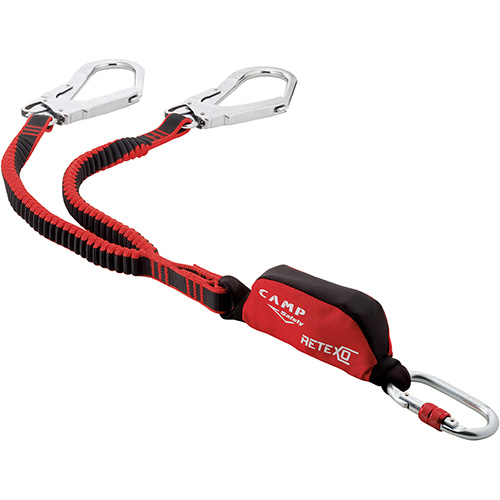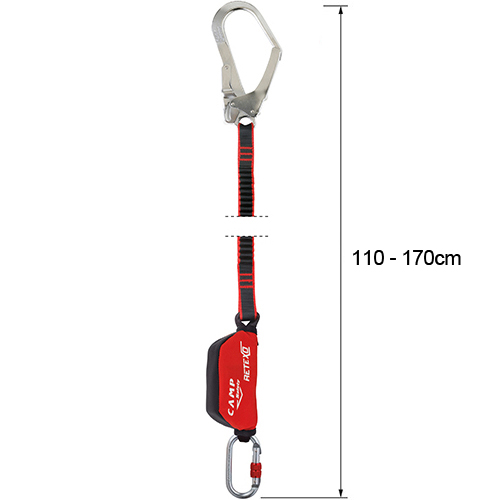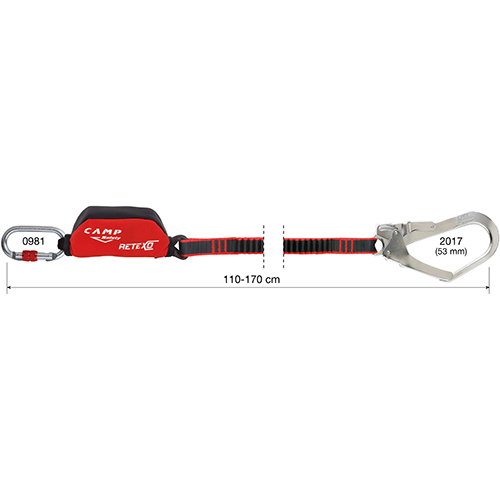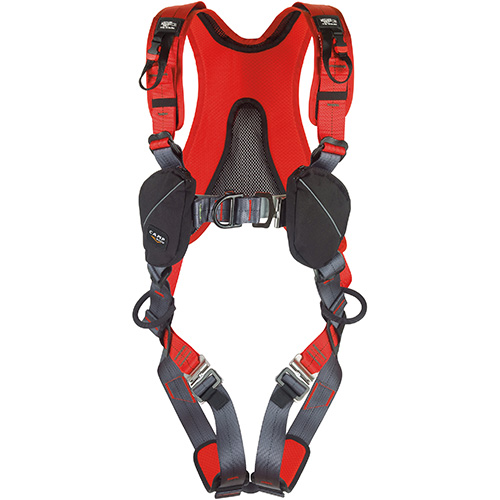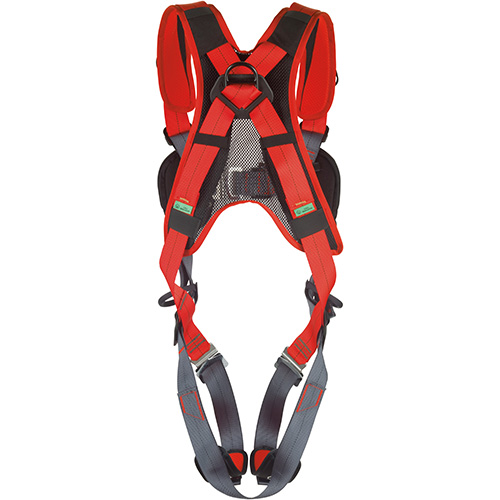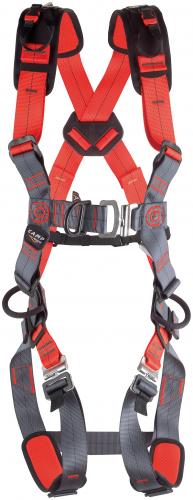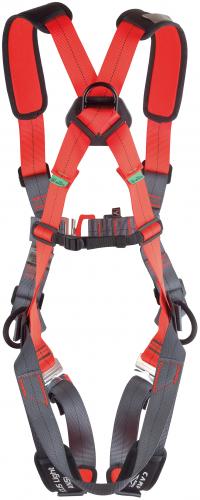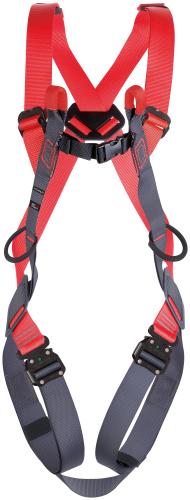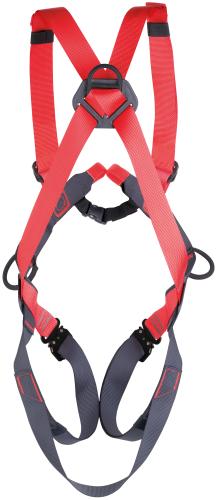- Total 0,00 SEK
Mobile Elevating Work Platforms (MEWPs)
Mobile elevating work platforms, such as boom lifts, are frequently used to access work areas at height. They are not immune to the risk of the operator falling, which can occur if the operator is ejected over the platform’s guardrails during sudden oscillations. If the platform is long, it is advantageous to use a temporary horizontal lifeline according to EN 795 Type C, anchored to the platform’s sides, providing the user with an anchorage device that allows horizontal freedom of movement across the entire platform.
The simplest solution to prevent the operator from being thrown off the platform is to use personal fall protection equipment — specifically, a fall restraint system. The restraint system for mobile elevating work platforms consists of a full body harness (EN 361) and an adjustable work positioning lanyard (EN 358) (fig. 30a). By connecting the positioning lanyard to the platform’s anchorage device and adjusting the length, the risk of falling over the guardrail can be eliminated, even during severe vertical oscillations.
If the risk of falling from the platform remains, a fall arrest system must be used. This typically consists of a full body harness (EN 361) combined with either an energy absorbing lanyard (EN 355) (fig. 30b) or a self-retracting lifeline (SRL) (EN 360) (fig. 30c). When choosing a fall arrest system, the required clearance (free fall distance) must be carefully considered — i.e., the distance the system requires to arrest and stop a fall before the operator hits the ground or another obstacle. The free clearance requirement is always specified in the instructions for use of the connecting device.


